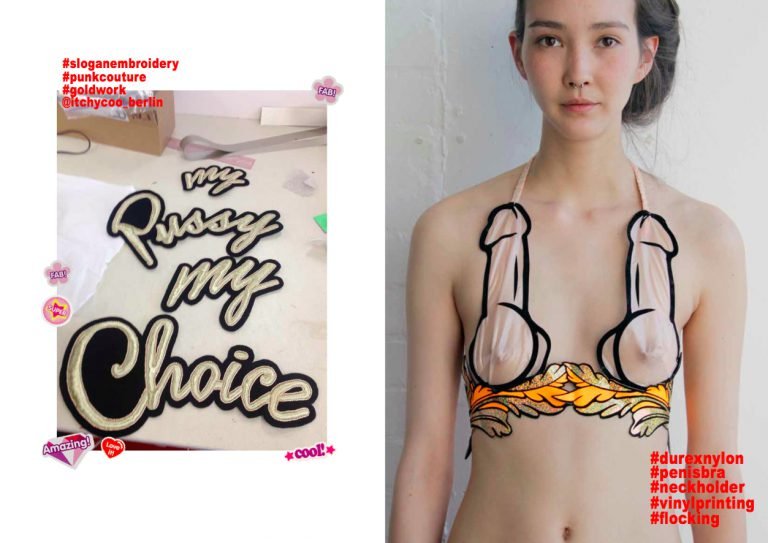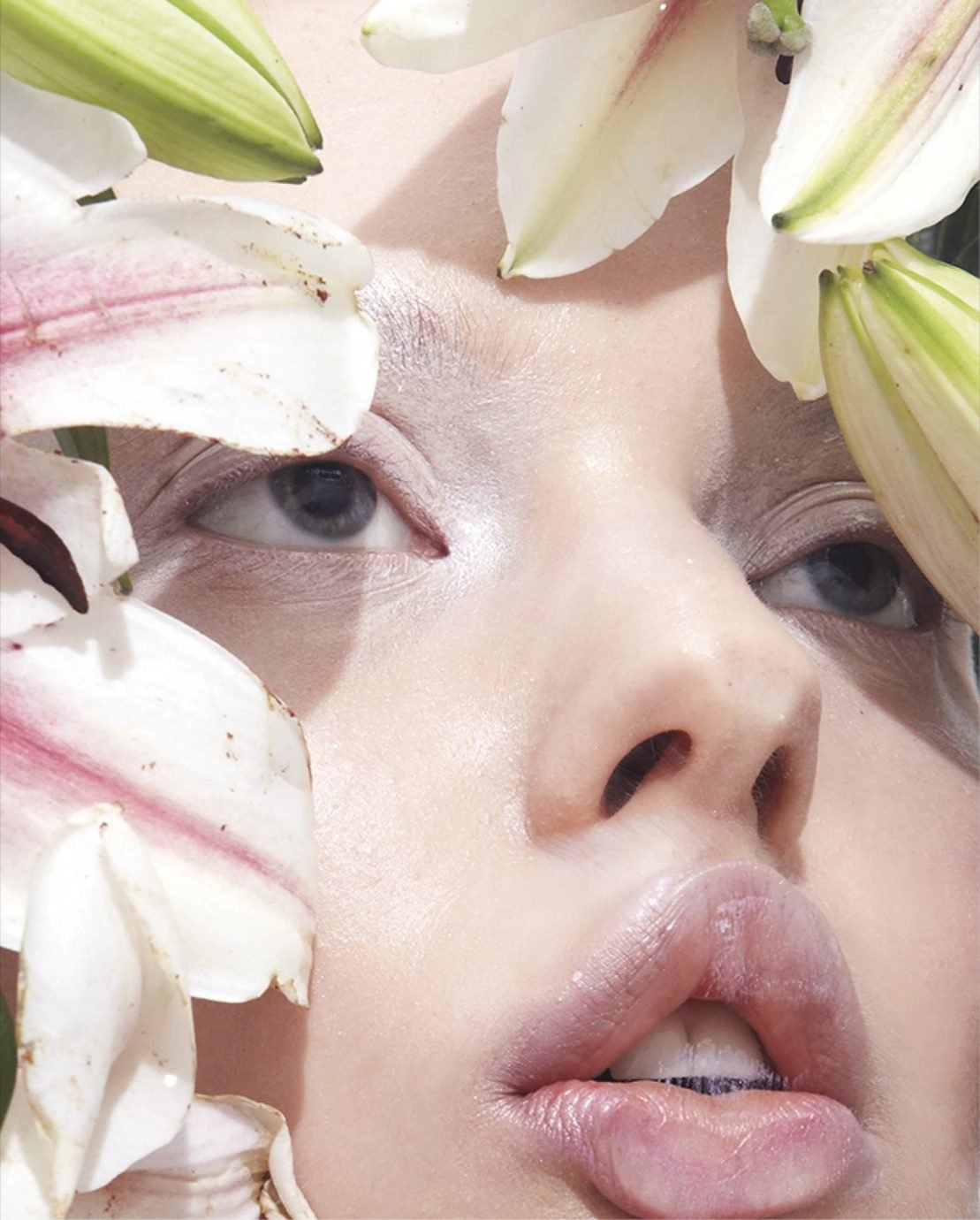For anyone who doesn’t know, can you talk a bit about VooStore?
T: VooStore is a concept store, I know this is not a term people use anymore. “Concept store” feels a bit outdated somehow… We are a multi-brand store in Berlin, we have been open for around thirteen years, and we carry a big mix of designers, from established ones such as Margiela, Prada, and Dries Van Noten, to very emerging ones. We were the very first store for designers such as Nensi Dojaka and GMBH. We are a bridge between established and emerging, between sportswear and elegance, and between high price points and very low price points. We want people to feel comfortable when they come to our store, from fashion people to newcomers to the fashion industry. I have been working at VooStore for 11 years. Starting in Sales and Buying, I am now the Creative Director and Head of Buying and I am taking care of the creative strategies of the company.
“Schools focus on creative design but the students have no idea how to write an email to a buyer, how to make a line sheet, or how to price their products.” – Thibaud Guyonnet
So this collaboration with UdK was probably your idea?
This was a project I started 4-5 years ago. We have a problem in Berlin as the creative communities not helping one another. So when I was thinking of ways to create this I saw education and students as a good starting point. A lot of these talented design students have no idea of how to enter the retail world and I sent an email to UdK offering to give some classes so they can learn about this part of the industry. We started the project and then COVID hit, but 2 years ago we had the first proper collaboration, and I was part of the jury at the final year show. I then took some designers for Voostore and as homework, I asked them to work on a lookbook, on prices, on all these elements that are super important. Schools focus on creative design but the students have no idea how to write an email to a buyer, how to make a line sheet, or how to price their products. I receive around 150 emails per day from brands, so I have to be quick with going through them all, so details matter. For example, if someone doesn’t start the email with my name I know they haven’t done their research. These small things make a big difference.
“If someone doesn’t start the email with my name I know they haven’t done their research. These small things make a big difference.” – Thibaud Guyonnet
It is not only the clothes that matter.
Exactly. It is so much more than that. I understand that university should be a period when you are focused on learning, and when you don’t have to think about money or emails, but a soft introduction to all of that would be handy.


















